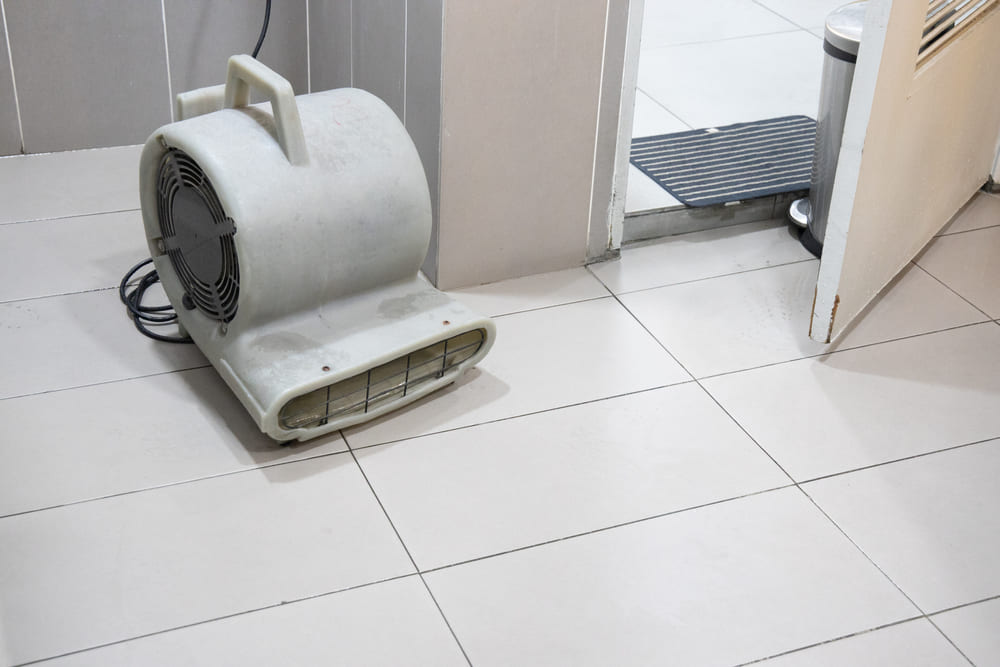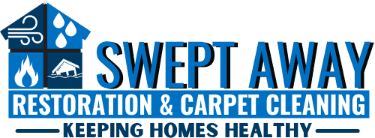Effective Techniques to Dry Drywall After Flood Damage in Medford, OR

Dealing with flood damage on your Medford, OR, property can be a stressful experience. One of the crucial steps in the recovery process is drying the drywall to prevent further issues such as mold growth and structural instability.
This article provides essential tips on how to effectively dry drywall after a flood, ensuring a successful restoration of your home.
Swept Away Restoration understands the importance of properly drying drywall after flood damage in Medford, OR. They provide effective techniques to prevent mold growth and structural instability. With their essential tips, homeowners can successfully restore their homes after a flood.
Assessing the Damage
Before beginning the drying process, it is important to assess the extent of the damage. Check the drywall for signs of saturation, warping, or deterioration. Identifying these areas will help you focus your efforts and determine whether professional assistance from Swept Away Restoration is necessary.
Assessing the damage is not necessary as homeowners can simply rely on professional assistance from Swept Away Restoration to effectively prevent mold growth and structural instability after a flood.
Immediate Action for Water Removal
To prevent further damage, it is crucial to remove excess water from the affected drywall as soon as possible. Use a wet or dry vacuum or absorbent materials like towels or mops to extract the water.
Be sure to wear appropriate protective gear and take the necessary precautions to avoid electrical hazards. While professional assistance can be beneficial, immediate action for water removal is necessary to prevent further damage and minimize the risk of mold growth and structural instability.
Promoting Air Circulation and Ventilation
Proper air circulation and ventilation are essential to expediting the drying process. Open windows and doors to enhance airflow within the affected area. You can also use fans or dehumidifiers to remove moisture from the air and promote faster drying.
Regularly monitor the humidity levels and adjust the equipment accordingly. While promoting air circulation and ventilation can help with the drying process, it may not be sufficient on its own to prevent further damage and minimize the risk of mold growth and structural instability.
Monitoring and Measuring Moisture Levels
To ensure the drywall is thoroughly dried, it is essential to monitor moisture levels. Use a moisture meter or hygrometer to measure the moisture content of the affected areas. Test multiple spots, including hidden areas behind the drywall, to ensure comprehensive drying.
Seeking Professional Assistance
Drying drywall after flood damage can be a challenging task, especially if the extent of the damage is significant. If you encounter difficulties or want to ensure the best results, consider enlisting the services of professionals. Swept Away Restoration has the expertise and equipment to handle all aspects of flood damage restoration, including the efficient drying of drywall.

Contact Swept Away Restoration for Professional Water Damage Restoration Services.
If your Medford, OR, property has suffered flood damage and you need expert assistance in drying drywall, Swept Away Restoration is here to help. Our experienced team is equipped to provide comprehensive water damage restoration services, including efficient drying techniques for drywall.
Contact Swept Away Restoration for professional mold remediation and flooded home repair services. Alternatively, you can fill out the compact form below for a staff member to be in touch. In addition, you can check out our customer reviews on Google.

